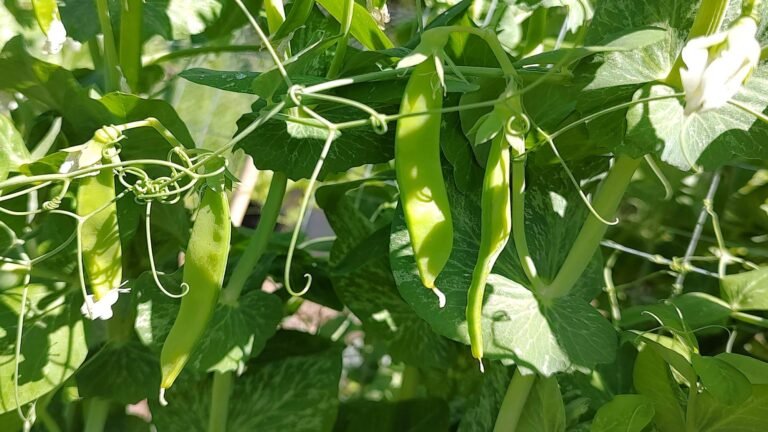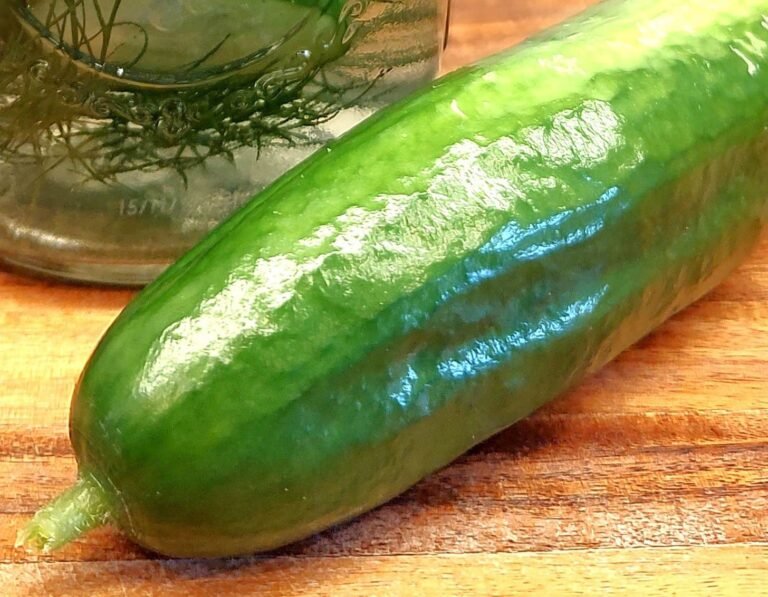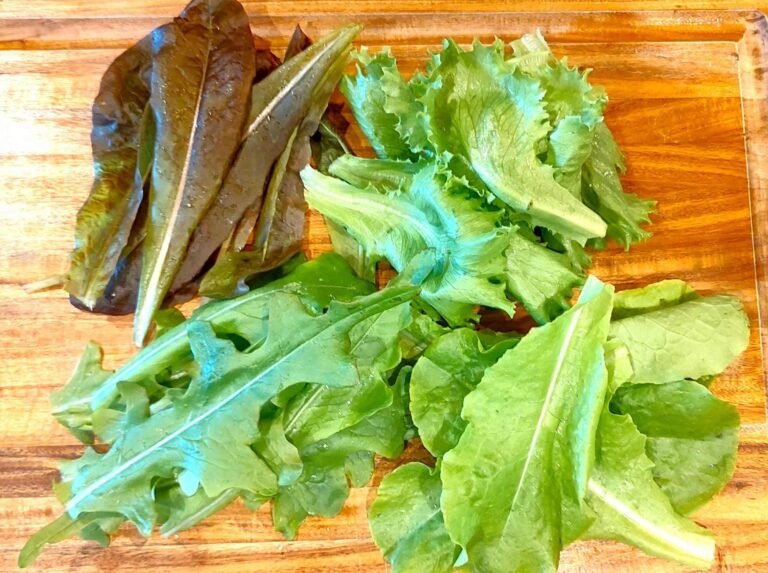Growing peppers, whether they’re sweet bell peppers or fiery hot chilies, can be achieved by gardeners of all levels. Your meals will benefit from the zest and pop of color that peppers bring. Follow this comprehensive guide to learn how to grow peppers in your own garden.
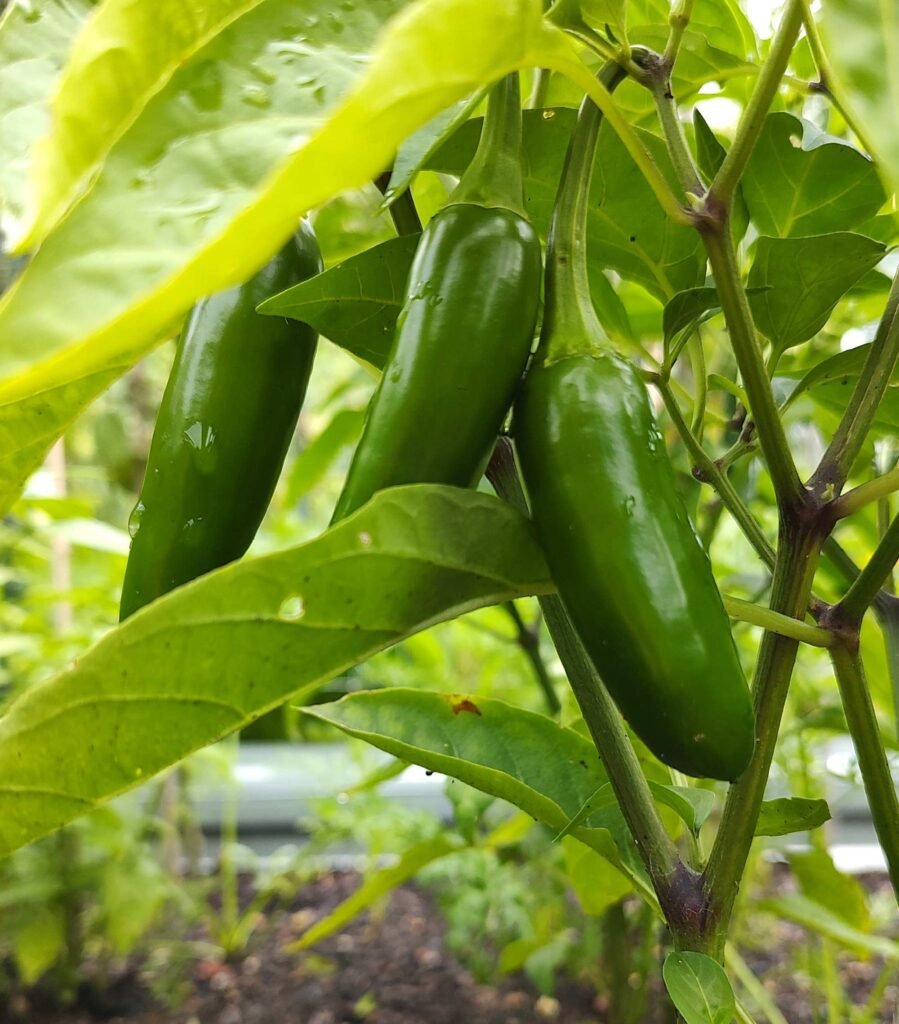
How to Grow Peppers: Choosing the Right Variety
The first step in growing peppers is selecting the variety that suits your taste. Peppers fall into two main categories:
- Sweet Peppers: Sweet and versatile, ideal for salads and cooking. Includes varieties like bell peppers and banana peppers.
- Hot Peppers: Perfect for adding heat to your dishes or for making sauces and seasoning. Includes varieties like jalapeño, habanero, and cayenne.
Scoville Heat Unit (SHU) scale: Rates how spicy a pepper is. This will help you choose which pepper varieties to grow by how hot each variety is compared to another. Bell peppers fall on the low end of the scale with a SHU of 0. Jalapeños have a SHU of 1,000-8,000 while habaneros have a SHU of 100,000 to 350,000.
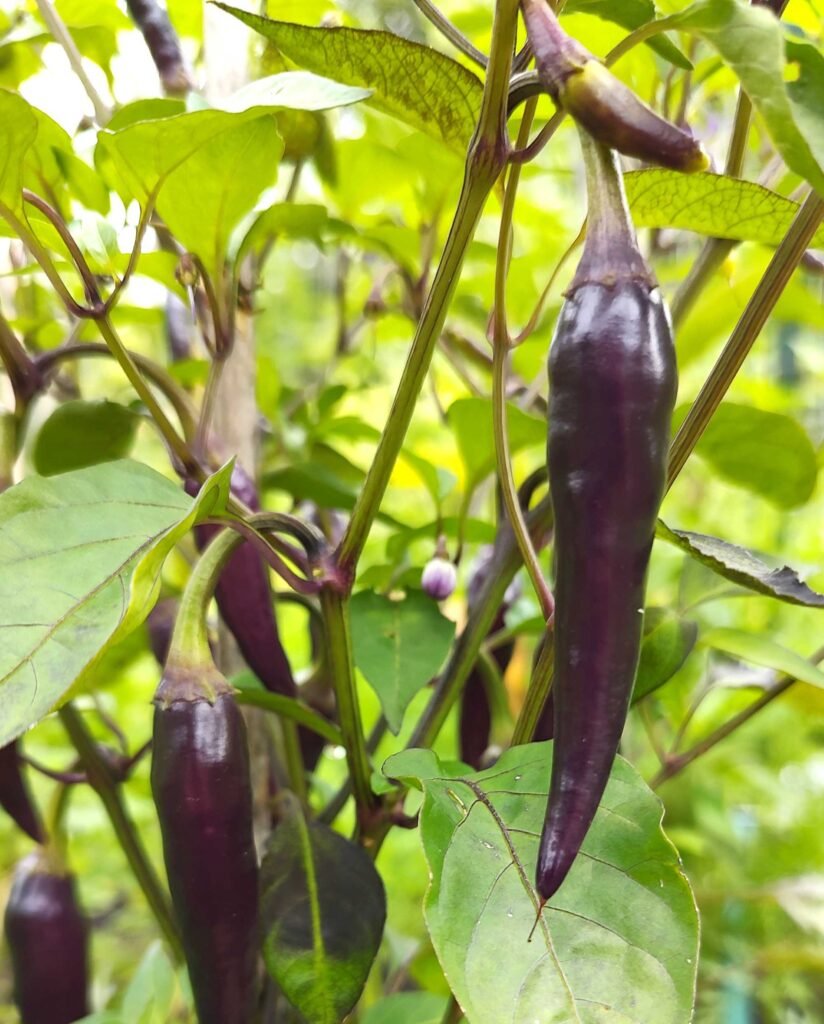
How to Grow Peppers: Planting
Direct Seeding vs. Transplanting: While peppers can be started directly from seed outdoors, starting them indoors and transplanting is generally more successful in cooler climates. Peppers are sensitive to frost and require a warm growing environment. Refer to my article about seed starting: How to Grow Plants from Seed
- Timing: Start your seeds indoors 8-10 weeks before the last expected frost. Peppers are relatively slow to germinate, which is why you start them so early.
- Depth: Sow seeds 1/4 inch deep in small pots or seed trays. Keep the soil moist but not soggy.
- Warmth and Light: Peppers need warmth to germinate, ideally 70-85°F (21-29°C). Use a heat mat if you keep your home cool or want to speed up germination. We heat our home to 70°F in the winter and I don’t need a heat mat. Once seeds sprout, provide 14-16 hours of light daily using grow lights or a sunny window.
- Transplant Seedlings: When seedlings have at least two sets of true leaves and the outdoor soil temperature is consistently above 60°F (15°C), harden them off by gradually exposing them to outdoor conditions. Transplant them into larger pots or directly into the garden. Plant them at the same depth they were growing in their pots or seed trays. Water the plants well after transplanting to help settle the soil and eliminate air pockets.
- Location: Peppers thrive in full sun, so choose a spot that receives at least 6-8 hours of direct sunlight daily. Peppers prefer well-draining soil rich in organic matter. Enrich the soil with compost or aged manure before planting.
- Spacing: Space pepper plants 18 inches apart to allow for proper air circulation and growth.
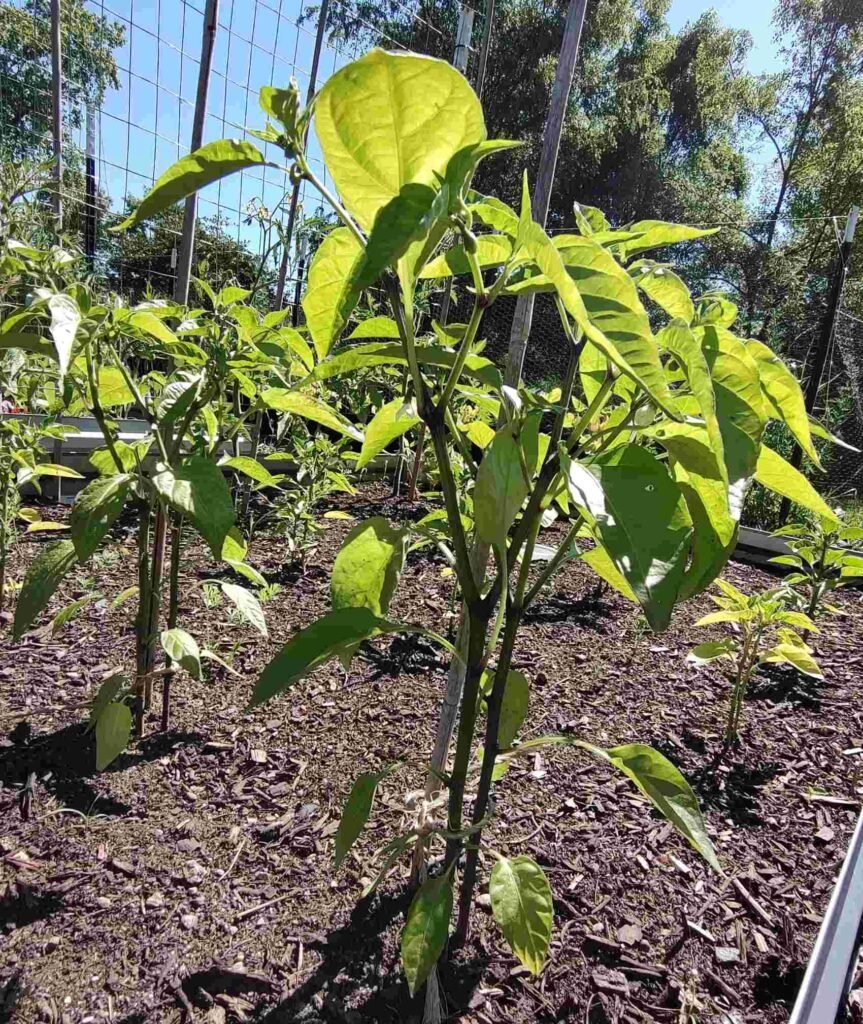
How to Grow Peppers: Plant Care
- Watering: Peppers need consistent moisture but dislike waterlogged soil. Water when the top inch of soil feels dry. Drip irrigation or soaker hoses can be very effective.
- Fertilizing: Peppers are moderate feeders. Use a balanced organic fertilizer or one with slightly higher phosphorus and potassium content. Avoid excessive nitrogen, which can lead to lush foliage but fewer fruits.
- Mulching: Apply mulch around plants to retain soil moisture, suppress weeds, and regulate soil temperature.
- Pruning: While not always necessary, pruning can help improve air circulation and focus the plant’s energy on fruit production. Remove any suckers and dead or diseased leaves. Some gardeners also choose to prune the tops of their young pepper plants to promote outward growth for bushier plants.
- Support: Pepper plants can get heavy once they start producing fruit. Use cages or stakes to support the plants.
How to Grow Peppers: Managing Pests and Diseases
- Aphids: Small, green insects that can be controlled organically with neem oil or hand picking.
- Blight and Mildew: Fungal diseases that thrive in humid conditions. Improve air circulation and avoid overhead watering.
How to Grow Peppers: Harvesting
Peppers can be harvested at different stages, depending on your preference.
- Green Peppers: Picked before they fully mature, they are less sweet but can be used immediately.
- Ripening: Allow peppers to mature on the plant for full flavor and color. Bell peppers varieties can turn red, yellow, orange, purple, or brown when ripe, while hot peppers can change to a vibrant red or other colors.
- Cutting: Use pruning shears or a knife to harvest peppers, cutting the stem rather than pulling the fruit.
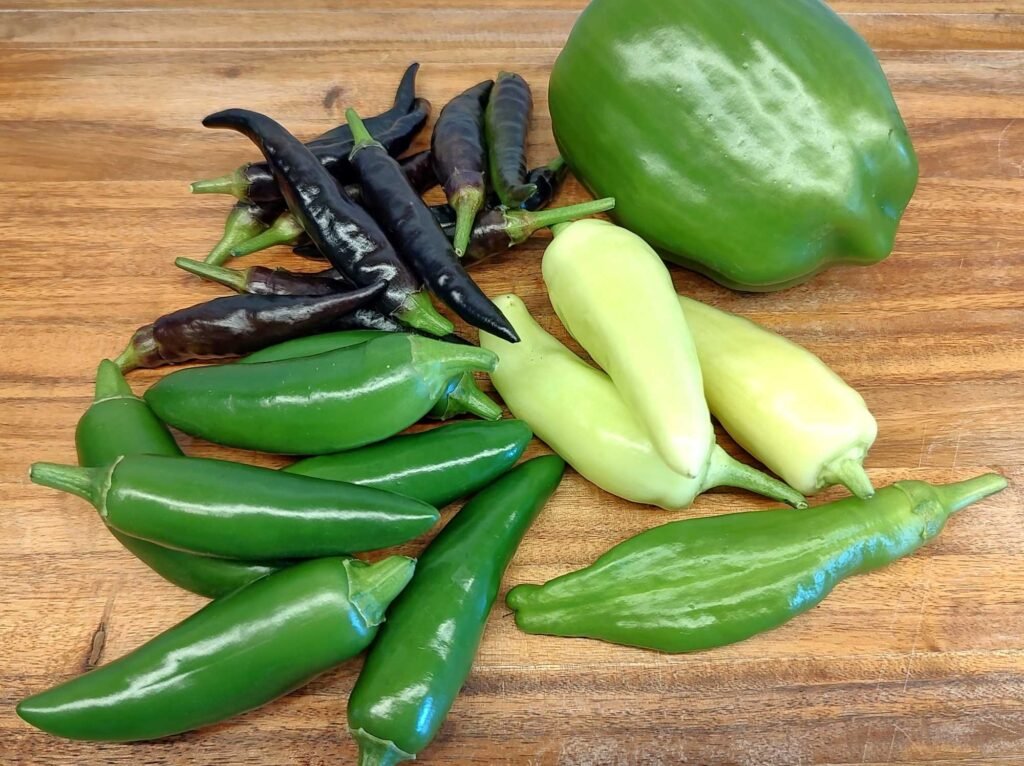
How to Grow Peppers: Storage and Use
- Fresh: Store fresh peppers in the refrigerator for up to two weeks. They can be sliced or diced and eaten raw or cooked in many different dishes.
- Freezing: Wash, cut, and pre-blanch peppers before freezing them in airtight bags.
- Drying: Slice and dry peppers in a dehydrator or oven until crispy, then store in airtight containers. Peppers can also be air dried by stringing them by the stems and hanging them in an area with good air circulation.
- Pickling: Prepare pickled peppers using vinegar, water, and spices for a tangy treat.
- Salsa: Combined with tomatoes, peppers can be used to create flavorful salsas to top your dishes with or eaten with tortilla chips.
- Sauces: Chili peppers can be made into a variety of hot sauces with varying flavors and heat.
Pepper Recipes
Final Thoughts
Whether you enjoy them fresh, dried, pickled, or made into salsas and sauces, peppers are sure to add a spicy kick to your culinary creations and a splash of color to your garden. Peppers are one of my favorite plants to grow because I love watching the fruits develop as the season progresses. I pick some when they are green to use in various recipes and leave some to develop into their full flavor and color. Learn how to grow peppers and you will love them to!
You Might Also Like

Salmon Patties
Salmon patties are a delicious alternative to the typical fish filet. The salmon is combined with…

Corn and Bean Salsa (Cowboy Caviar)
Corn and Bean Salsa (Cowboy Caviar) is a simple and flavorful snack to store in your…
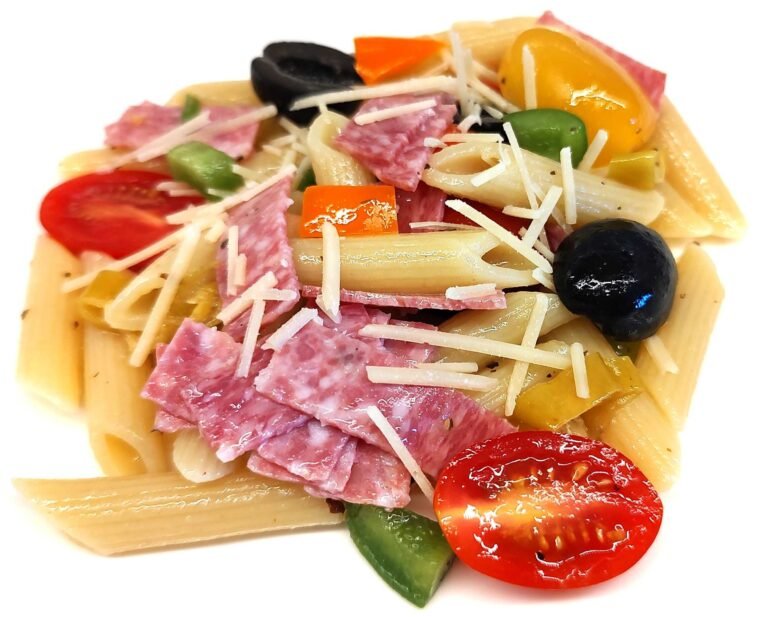
Italian Pasta Salad
Who doesn’t love a quick and easy lunch or side dish with a pop of flavor…

